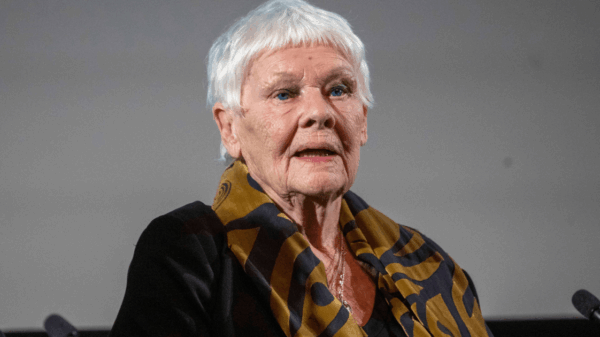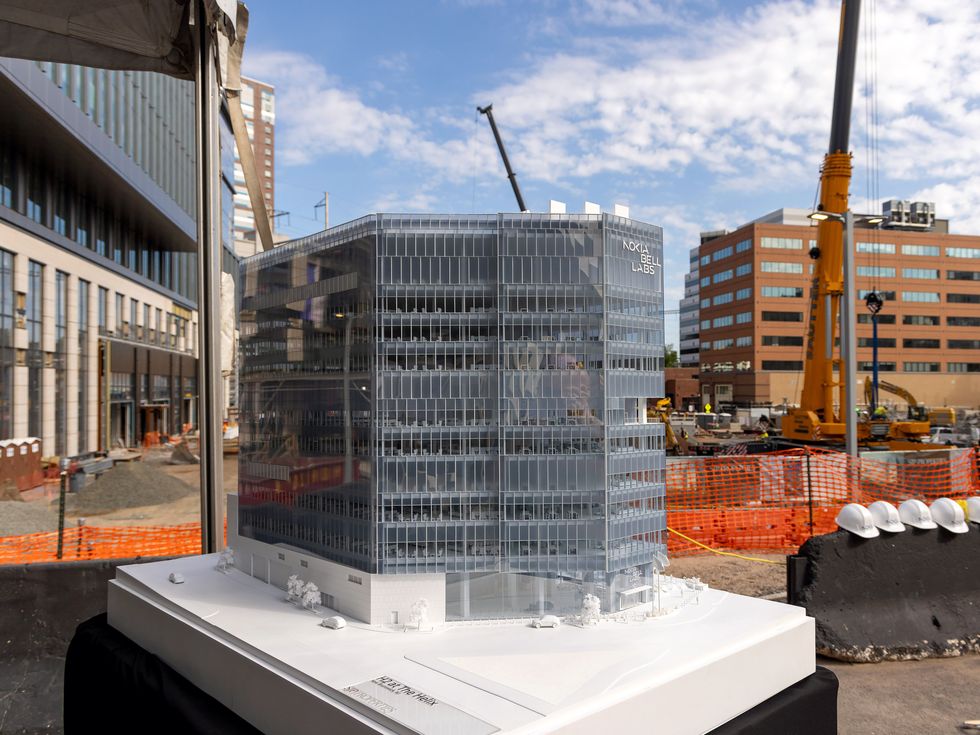Nokia Bell Labs has officially commenced construction on its new headquarters in New Brunswick, New Jersey, a significant milestone for the research organization that celebrated its 100th anniversary in May. The groundbreaking ceremony took place on September 4, 2023, marking the establishment of the 10-story, 34,374-square-meter building, known as the Health and Life Science Exchange 2, or HELIX 2. The facility is expected to be completed by the end of 2027.
Situated approximately 32 kilometers south of the Bell Labs campus in Murray Hill, the new headquarters will be part of an innovation district designed to attract research labs and office spaces for startups. This initiative aims to foster collaboration and technological advancements in the region. Key figures at the ceremony included Thierry E. Klein, president of Bell Labs solutions research, and Peter Vetter, president of Bell Labs core research, both of whom are IEEE Fellows.
New Jersey Governor Phil Murphy emphasized the importance of the relocation, stating, “Today’s groundbreaking marks a new and exciting chapter in Bell Labs’ long history in New Jersey.” He noted that the location provides unique advantages, allowing the organization to enhance its innovation capabilities and draw talent from nearby academic institutions such as Princeton, Rutgers, and the New Jersey Institute of Technology.
Klein elaborated on the significance of the move, highlighting that the new site will offer a vibrant urban environment conducive to attracting the next generation of researchers. “This is not just a move for the next two, three, four, or five years; this is going to be home for Bell Labs for a very, very long time,” he said.
New Innovation Hub Set to Transform Research Landscape
The development of HELIX 2 is part of a broader strategy by Governor Murphy to establish 12 innovation hubs throughout New Jersey. These hubs aim to attract entrepreneurs and foster early-stage companies. The first hub, the HELIX 1 building, is set to open next year and will feature facilities for Rutgers’ medical school and translational research institute.
New Brunswick has a rich legacy of innovation, with historical ties to major figures such as Thomas Edison and Albert Einstein. Mayor James Cahill remarked on the city’s tradition of fostering advancements, recalling that Johnson & Johnson began in a local wallpaper factory. The city’s history continues to inform its present as it evolves into a hub for cutting-edge research.
Klein emphasized the state-of-the-art features of the new facility, which will cater to research scientists and specialists. “It’s an efficient, modern, and low-carbon facility providing sustainable power, heating, and cooling capabilities,” he noted, stating that the aim is to provide researchers with the best possible environment for innovation.
Bell Labs has a history of relocating its headquarters, previously establishing its primary R&D activities in New York City in 1925 before moving to Murray Hill in 1941. Vetter expressed optimism about the potential for breakthroughs in various fields, including 7G, artificial intelligence, and quantum computing, as the new headquarters becomes operational.
As part of its ongoing commitment to innovation, Bell Labs is also set to be recognized for its achievements. On October 21, 2023, several technologies developed at the Murray Hill campus will be designated as IEEE Milestones, including the charge-coupled device and super-resolved microscopy, both of which have had a profound impact on various scientific fields.
The establishment of the new headquarters and innovation district underscores Nokia Bell Labs’ dedication to remaining at the forefront of technological advancement while contributing to New Jersey’s economy and research landscape. This move not only reinforces the organization’s historical significance but also sets the stage for future innovations that could shape the industry for decades to come.







































































